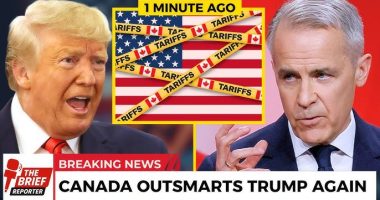While equity markets often capture headlines with their rallies, a deeper look at underlying economic indicators can reveal a more cautionary tale. Recently, precious metals like Gold (XAU/USD) and Silver have breached critical technical support levels, a move that coincides with growing unease about the true state of the global economy and the lingering fallout from trade disputes.
Persistent U.S. Economic Weakness Contradicts Market Sentiment
Beneath the surface of trade deal optimism, the U.S. economy has been showing signs of strain. The Chicago Fed National Activity Index (CFNAI) has remained in negative territory since April 2025. As a comprehensive gauge of national economic health, a sustained negative reading like this signals that overall output is consistently lagging its historical trend. This data, available from authoritative sources like the Federal Reserve Bank of Chicago, provides a crucial counter-narrative to stock market exuberance, suggesting a broader economic deceleration is underway.
Global Trade Flows Signal a Manufacturing Recession
Further corroborating the weak economic picture are the depressed global shipping rates. The cost to ship a 40-foot container has been hovering around $1,746, a level indicative of slack demand in global goods movement. This isn’t just a number; it’s a powerful leading indicator. As explained by financial analysis platforms like Bloomberg, sustained low freight rates often point to contracting global trade volumes and weakening manufacturing demand worldwide—classic precursors to a broader economic downturn.
Trade Turbulence Creates a Volatile Import Landscape
The recent volatility in U.S. import data perfectly illustrates the market’s whiplash in response to tariff announcements. The chart below highlights this dynamic:
-
The Inventory Rush: U.S. imports surged in the first quarter of 2025 as businesses front-loaded orders to build inventories ahead of anticipated tariffs.
-
Resilient Underlying Demand: After a brief dip, imports began to climb again by July, suggesting that underlying U.S. consumer demand has remained surprisingly robust despite the trade tensions.
-
The China Rollercoaster: The most telling story is in the imports from China. They plummeted in the months following a tariff announcement, only to rebound sharply to $26.4 billion in July after a pause on new tariffs was declared. This wild swing, a phenomenon tracked by resources like The Peterson Institute for International Economics, underscores the extreme fragility and uncertainty of the current global trade order.
Conclusion: A Flight to Safety Loses Its Shine?
For months, gold and silver have thrived on uncertainty. However, their recent drop below key levels suggests a complex battle in the markets. On one hand, the weak economic data from the CFNAI and the clear signals of a global trade contraction are classic drivers for safe-haven assets. On the other hand, the metals’ decline may indicate that markets are starting to price in the potential for a demand shock—a scenario where a slowing economy hurts demand for all assets, including commodities. For investors, this creates a precarious environment where the traditional playbook may need re-evaluation as the fog of the trade war refuses to lift.










